Strange facts about lost civilizations that vanished without a trace
Civilizations have risen and fallen throughout history, leaving behind tantalizing clues that spark our curiosity. These lost worlds hold stories of innovation, triumph, and eventual decline.
From ancient architects to mysterious disappearances, the legacies of these civilizations continue to intrigue historians and adventurers alike.
The Enigma of the Ancestral Puebloans

The Ancestral Puebloans, also known as the Anasazi, thrived in the American Southwest from around 750 CE to 1600 CE. They are renowned for their cliff dwellings and advanced pottery techniques.
However, by the late 13th century, they would periodically abandon their homes and resettle elsewhere, often because the land no longer suited their purposes.
The Vanished Glory of the Nabateans

The Nabateans were a sophisticated Arab civilization that built the city of Petra, famed for its rock-cut architecture. Flourishing from 400 BCE to 106 CE, they controlled trade routes across the Arabian desert.
After Roman annexation, the Nabatean culture gradually faded, leaving behind stunning ruins that continue to captivate the imagination of visitors today.
The Disappearance of the Mississippian Culture

The Mississippian culture, known for its large earthen mounds, thrived in the southeastern United States between 800 and 1600 CE. Cahokia, near present-day Illinois, was a major urban center.
The decline of this culture is attributed to environmental changes and European contact, which disrupted their way of life, leading to their eventual disappearance.
The Mysterious Fate of the Khmer Empire

At its zenith, the Khmer Empire was one of Southeast Asia’s most powerful empires, known for constructing the iconic Angkor Wat. Between the 9th and 15th centuries, the empire flourished before mysteriously declining.
Scholars suggest overextension, ecological stress, and changes in trade routes contributed to its fall, leaving behind stunning temples engulfed by jungle.
The Unsolved Puzzle of the Minoans
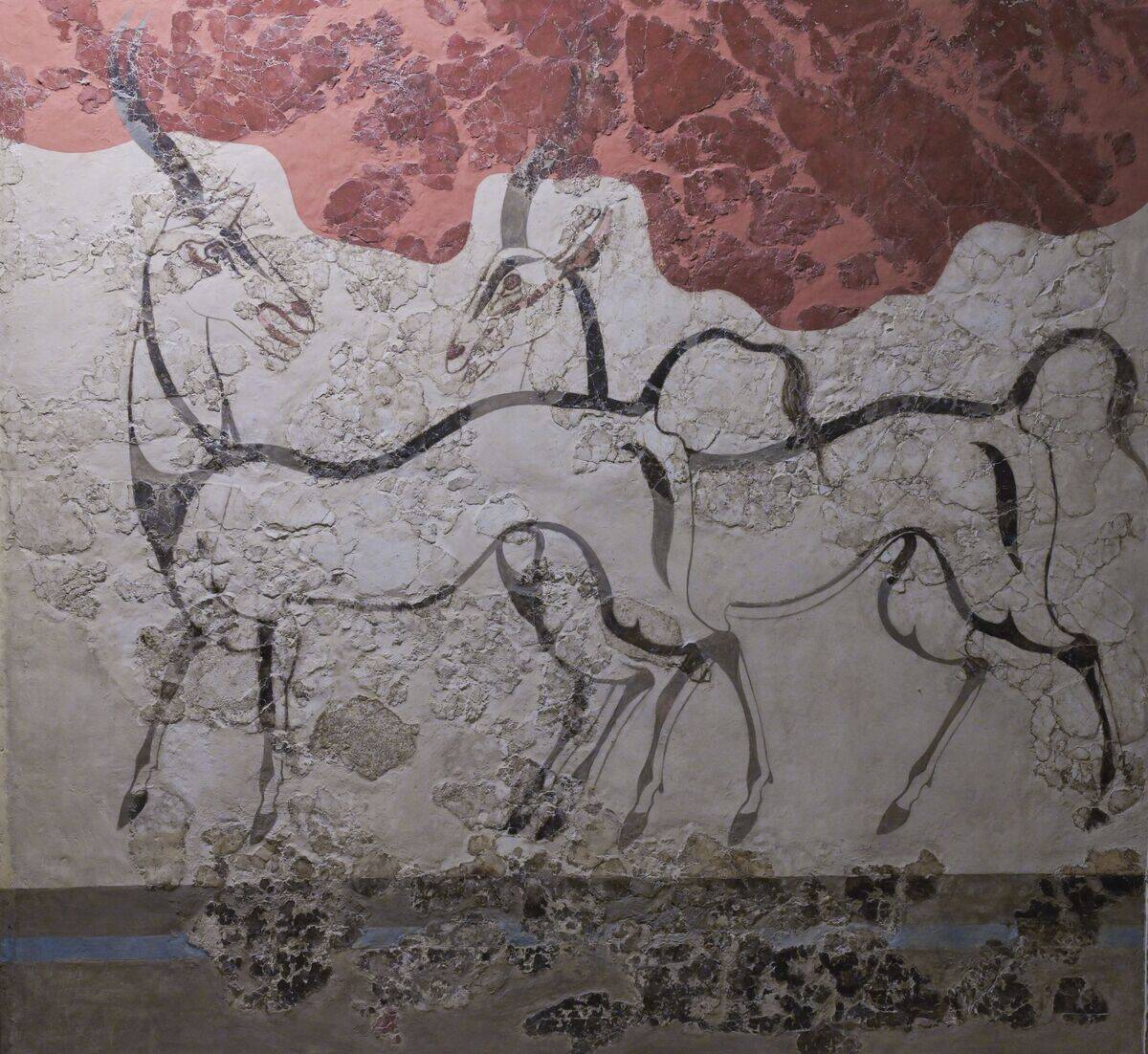
The Minoan civilization, centered on the island of Crete, is considered Europe’s first advanced society, flourishing from 2000 to 1100 BCE. Known for their palatial structures and vibrant frescoes, the Minoans abandoned their coastal settlements and moved inland, slowly transitioning into ancient Greek society along the way.
The Minoans’ decline was considered part of the Late Bronze Age collapse, which left them forgotten until the early 20th Century.
The Lost World of the Maya
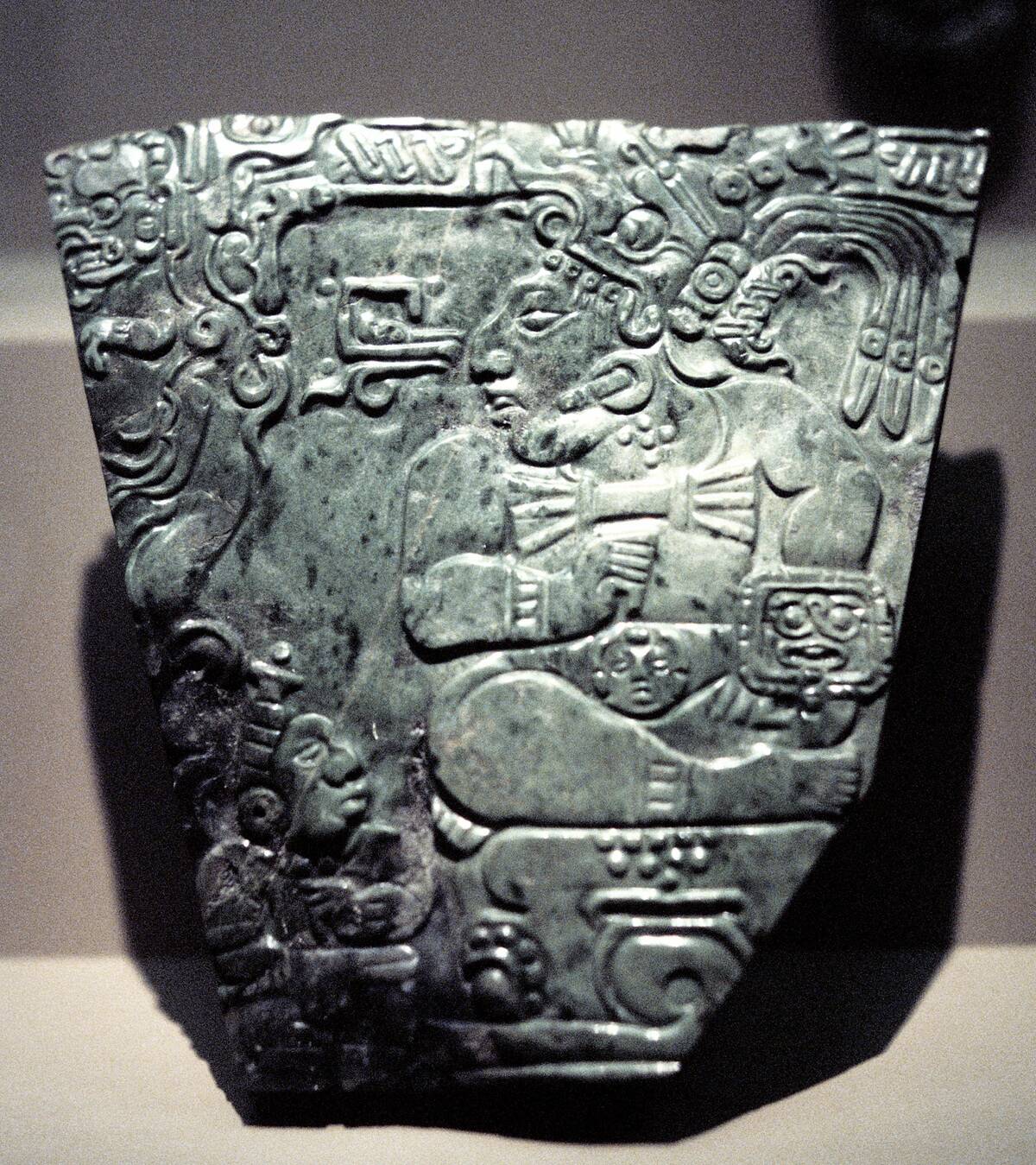
The Maya civilization, famous for its stepped pyramids and hieroglyphic script, thrived in Mesoamerica from 2000 BC until Spanish conquest was complete by 1697.
Despite their achievements, including a complex calendar system, the Maya experienced a mysterious decline in the 9th century. Deforestation, drought, and warfare are believed to have contributed to their cities being abandoned.
The Etruscans: A Civilization Cloaked in Mystery
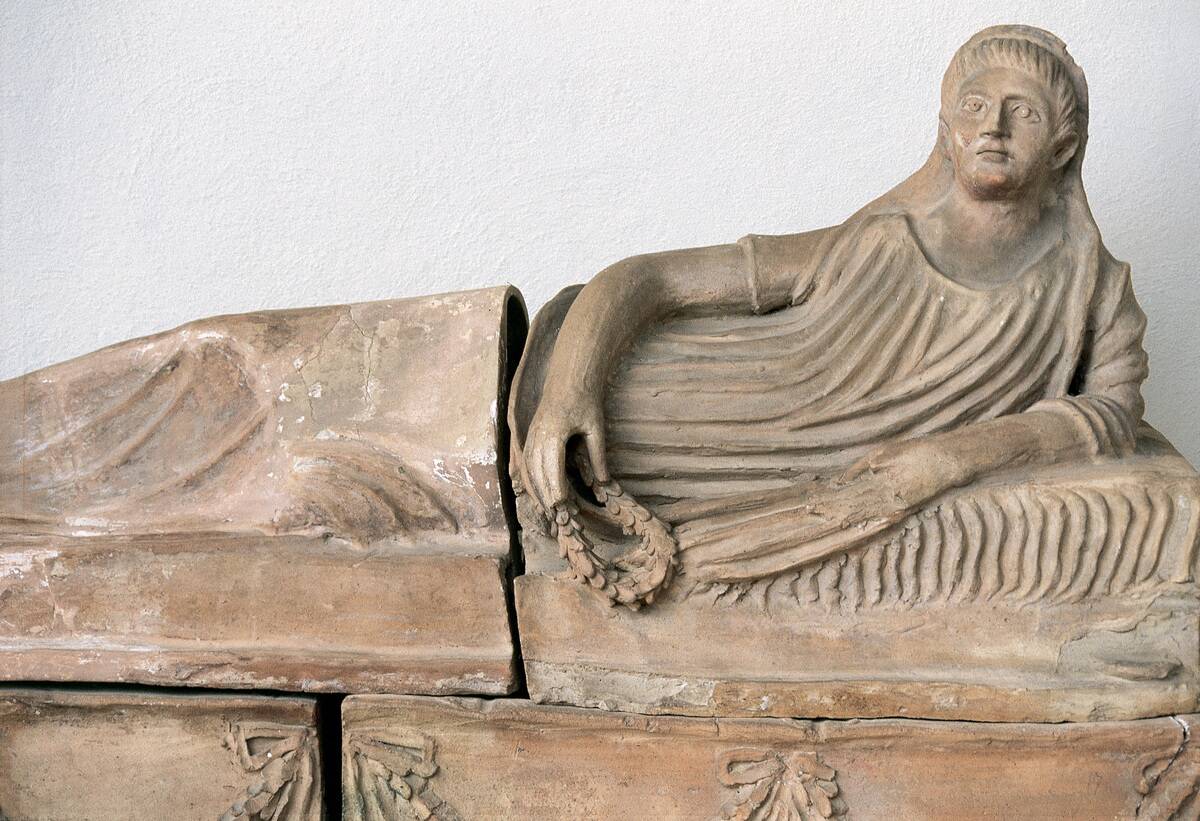
The Etruscans inhabited Italy before the rise of Rome, with their civilization peaking between 700 and 500 BC. They are credited with influencing Roman culture, including their architectural and religious practices.
However, much about the Etruscans remains unknown due to the scarcity of written records, leaving historians to piece together their history from archaeological finds.
The Enigmatic Nazca Culture and Its Giant Geoglyphs
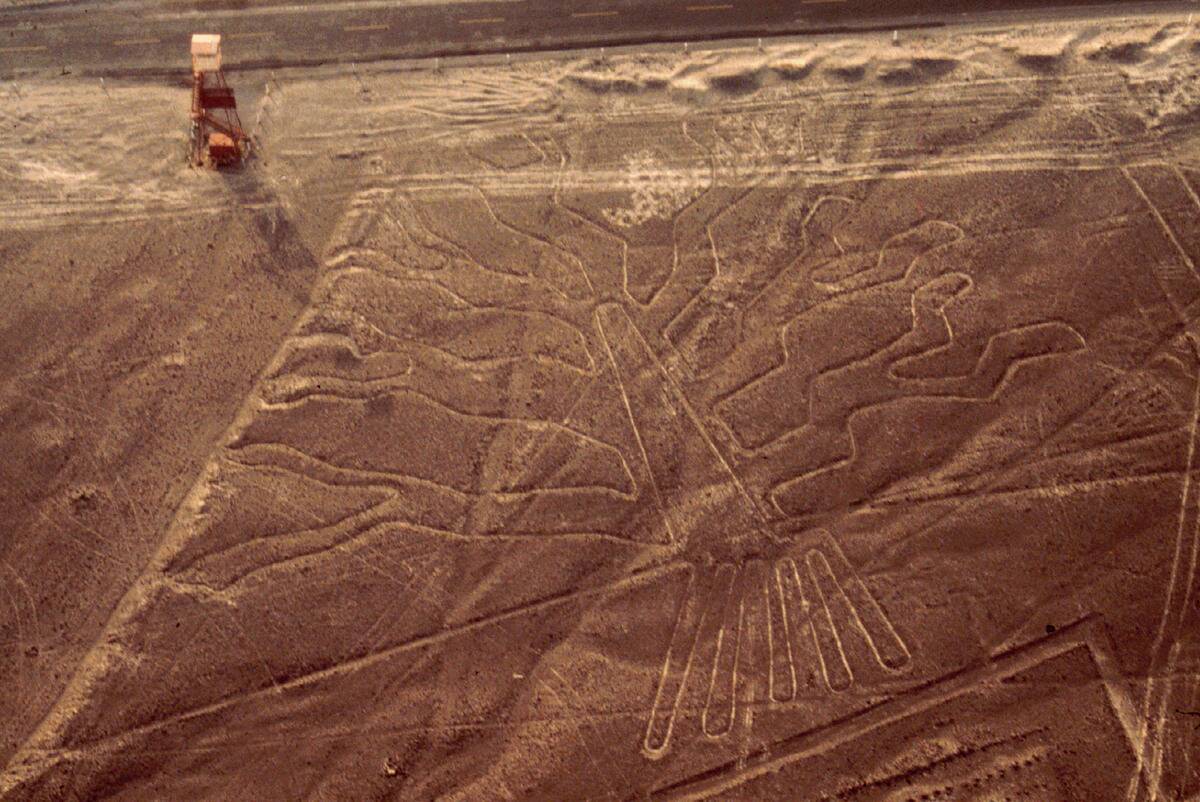
The Nazca culture, which flourished in Peru between 100 BCE and 800 CE, is best known for the Nazca Lines. These enormous geoglyphs, depicting animals and geometric shapes, are etched into the desert floor.
While their purpose remains debated, theories range from astronomical calendars to religious rituals, adding to the intrigue surrounding this ancient civilization.
The Forgotten Kingdom of Aksum
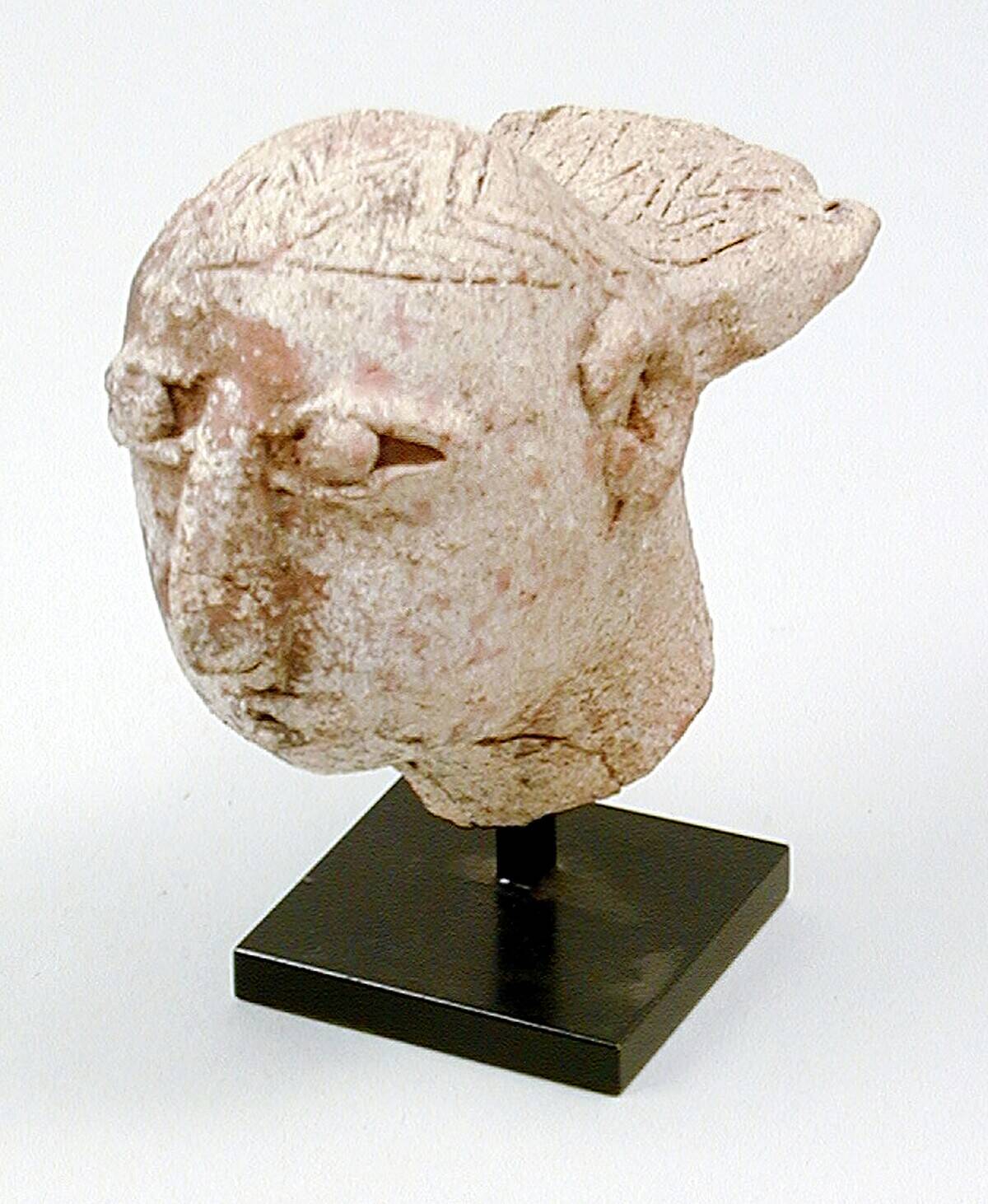
The Kingdom of Aksum, located in present-day Ethiopia and Eritrea, was a major trading empire from 100 to 960 CE. Aksum is credited with developing one of the earliest alphabets and adopting Christianity.
The kingdom’s decline is attributed to climate change, trade route shifts, and overexploitation of resources, leaving behind remnants of its once-great civilization.
The Elusive Indus Valley Civilization
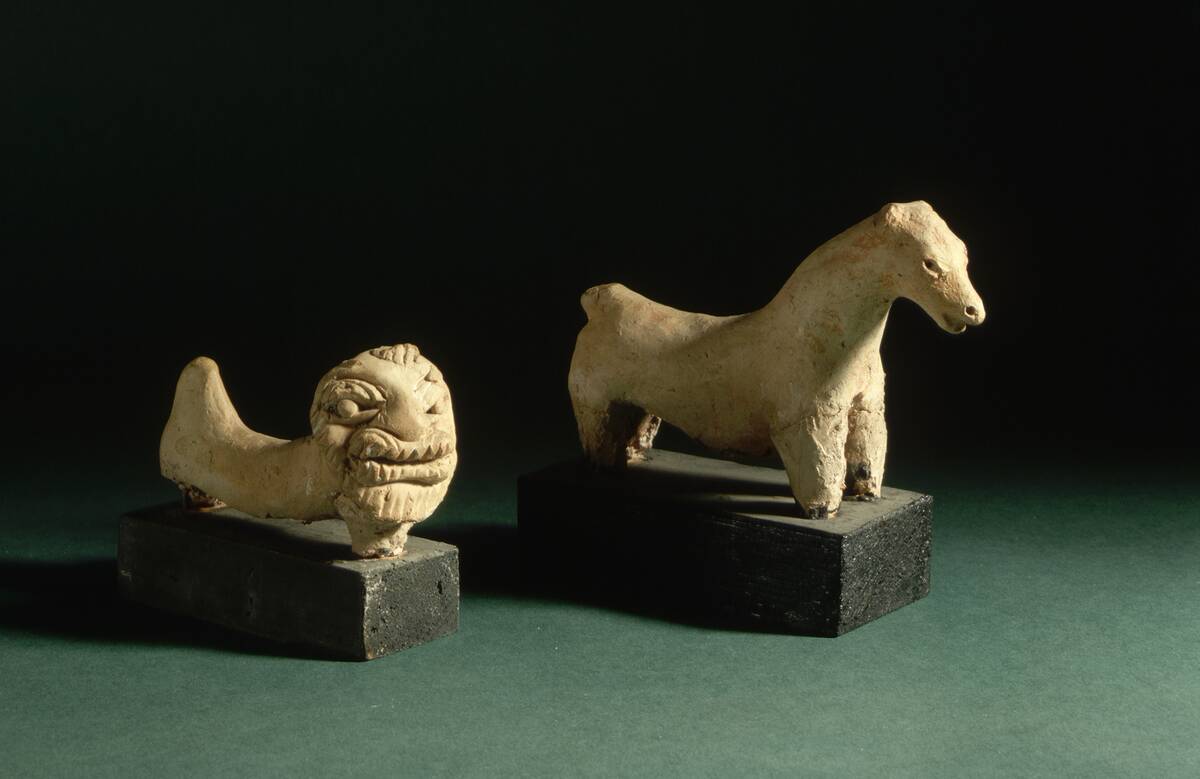
The Indus Valley Civilization, one of the world’s earliest urban cultures, existed from 3300 to 1300 BCE in present-day Pakistan and northwest India. Known for its advanced urban planning and drainage systems, the civilization likely declined due to extensive drought and overall climate change.
Still, the lack of decipherable writing leaves many questions unanswered.
The Rediscovery of the Hittite Empire
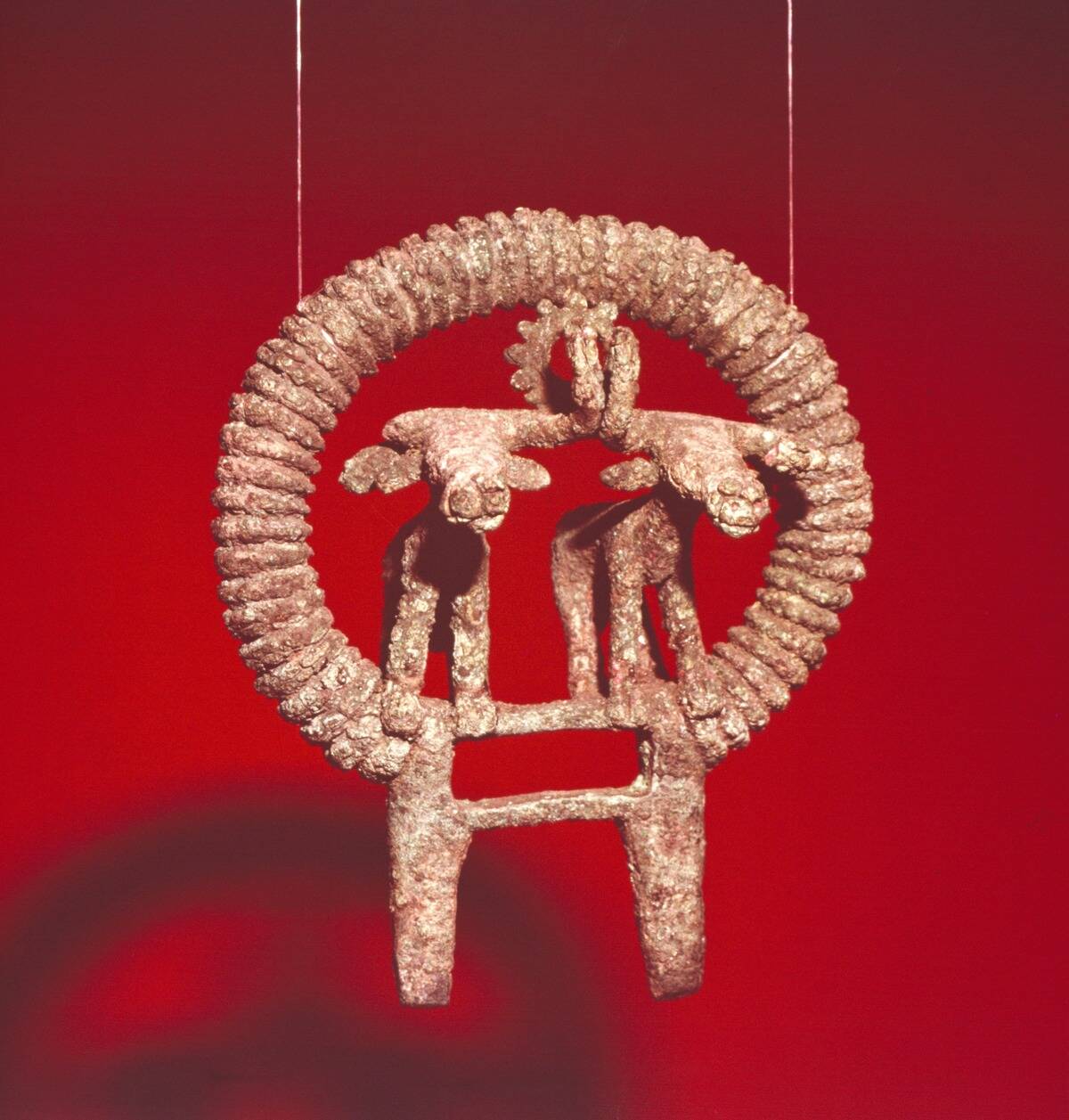
The Hittite Empire, which existed from 1650 to 1180 BC in modern-day Turkey, was a significant power in the ancient Near East.
Known for their chariot warfare and cuneiform tablets, their empire was forgotten until the 19th century when archaeologists uncovered their capital, Hattusa. Their rediscovery shed light on a once-thriving civilization previously shrouded in mystery.
The Curious Case of the Olmecs
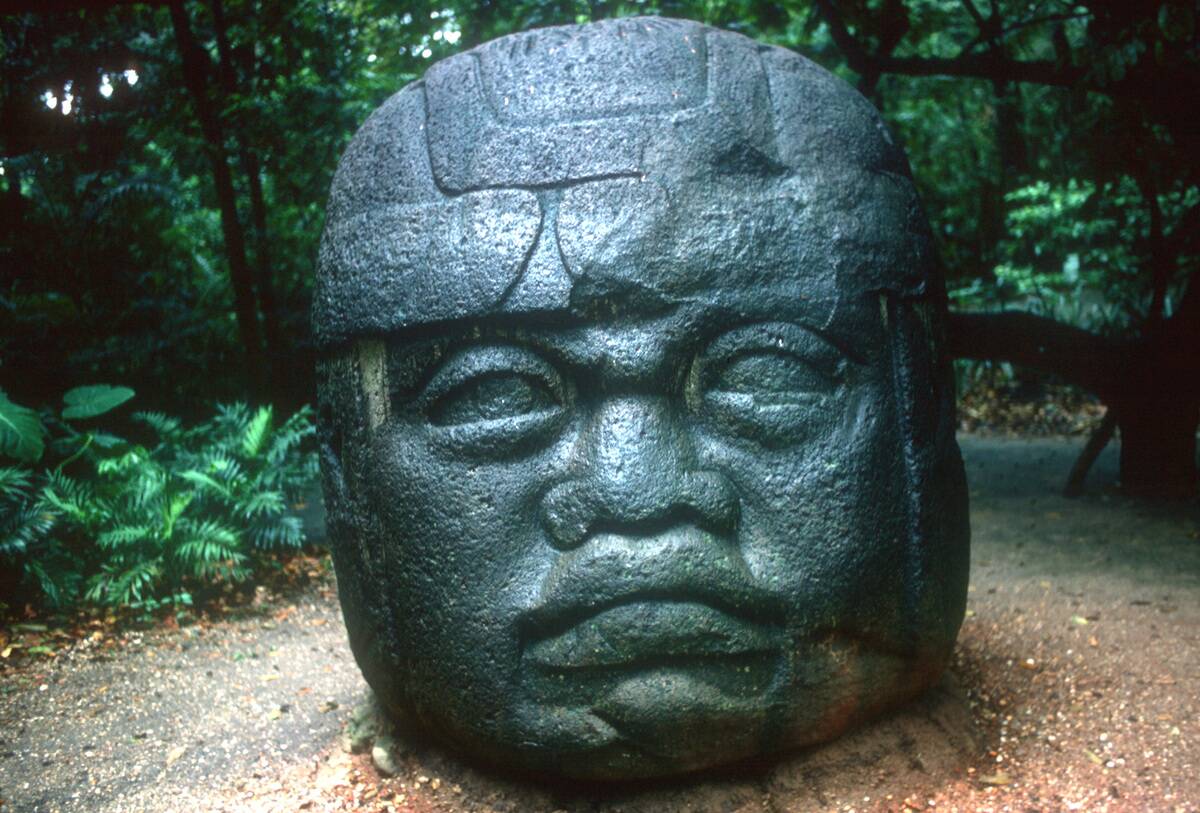
The Olmec civilization, thriving from 1200 to 400 BCE in present-day Mexico, is considered the mother culture of Mesoamerica. They are famous for their colossal stone heads, each weighing multiple tons.
Despite their influence on later cultures, the reasons for their decline are unclear, with theories ranging from environmental changes to internal strife.
The Evaporated Empire of Great Zimbabwe

Great Zimbabwe was a prominent African empire from the 11th to the 15th century, famed for its impressive stone structures. It served as a key trading hub, connecting the interior of Africa with the coast.
The reasons for its decline remain speculative, with hypotheses including resource depletion and political instability, but its legacy endures through its architectural marvels.
The Shadowy Legacy of the Cucuteni-Trypillian Culture

The Cucuteni-Trypillian culture, thriving from 4800 to 2750 BCE in Eastern Europe, is noted for its large settlements and intricate pottery. These Neolithic people built some of the largest prehistoric settlements in the world.
Despite their achievements, they eventually vanished, possibly due to climate changes or invasions, leaving behind a shadowy legacy of innovation and mystery.



